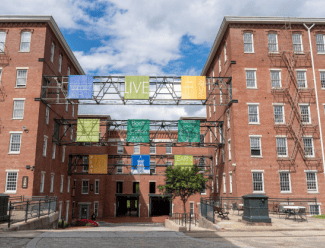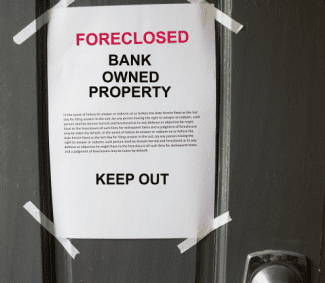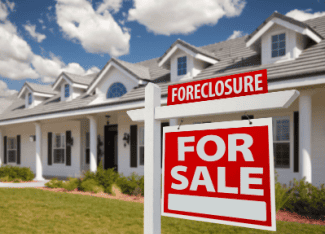Should you renovate your investment property?

Of those who purchased an existing dwelling, the majority said the property was more than 10 years old and required some form of renovation or maintenance to get it “tenant ready”.
There are many benefits associated with renovating an investment property. In the first instance, simple cosmetic changes to a property can not only help it to appeal to more tenants, but it can also help improve the overall value of the property and the amount of rent an investor can comfortably charge.
But while there are benefits associated with renovating an investment property, renovation – even simple cosmetic changes to a property – doesn’t come cheap.
That said, if you are considering renovating your investment property, there are a few easy steps you can take to help reduce the financial strain associated with property renovation.
Step 1: Create a solid plan beforehand
Knowing exactly what changes you want to make to the property before you get started can reduce the chances of your renovation going off course and off budget. Ask yourself: what changes are necessary, what changes are nice to have and what can be done further down the track? The last thing you want to do is start renovating and then realise half-way through that you actually want something completely different.
Step 2: Get your finances right
Before you start calling builders or drawing up plans, you will need to determine how you are going to afford your renovation. Will you fund it out of your savings, pay for it via credit card, take out a personal loan or potentially refinance your owner-occupied mortgage? Whatever you decide, it is important to know at the beginning how the whole funding process will work.
Step 3: Be wary of over-capitalising
It’s a good idea to get an independent valuation of your property before you get started. You want to avoid spending more on your renovation than it will add in terms of value to your property. Having a valuation done at the start can help you get a realistic idea of what you can and should spend for the maximum return. Also, it is important to see what the average rental price is for similar properties in the area. If the renovations aren’t going to allow you to boost your rent, you may have to ask yourself whether or not it is worth the hassle.
Step 4: Create a budget
A budget is essential for any renovation. Once you know how much you can afford, think about all the costs involved and work out how much you want to spend. Without a budget, costs can quickly spiral out of control, leading to added stress and frustration. Remember to build a contingency into your budget to cover unexpected expenses and delays.
Step 5: Cut your living costs
This last step is pretty self-explanatory. Renovating a property can be a costly experience, so have a think about your current lifestyle and see if there are areas where you can cut back and cut costs. The less you spend each day, the more cash you will have to pay for the renovations.
At the end of the day, renovating can add significant value to your investment property, but it is important to do your due diligence and make sure it is the right financial move for you before getting started.
Source: smartpropertyinvestment.com















 Accessibility
Accessibility